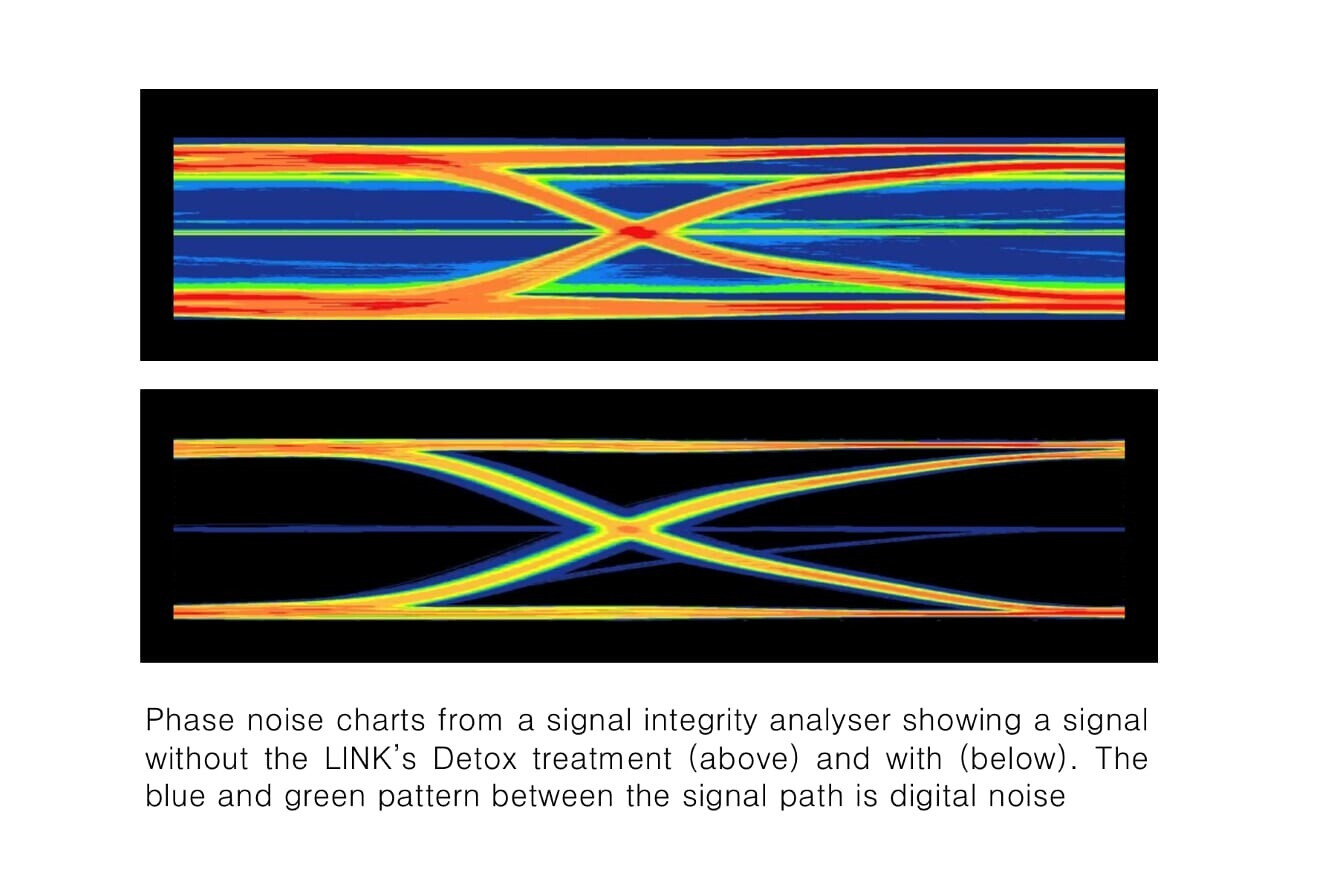Hello AndyU!
We are currently working on a white paper with John W to show the measures and figures based on the network bridge's processes and outputs. However, this is still in the works as we want it to be ready for analysis from other audio engineers.
Having said this, we do have an image depicting the phase noise with and without the detox treatment on the original LINK here:
 detox
detox by
Theo Stack, on Flickr
Sorry we can't provide more than this at the moment but we will be more than happy to share the document as and when it is finalised!


 detox
detox